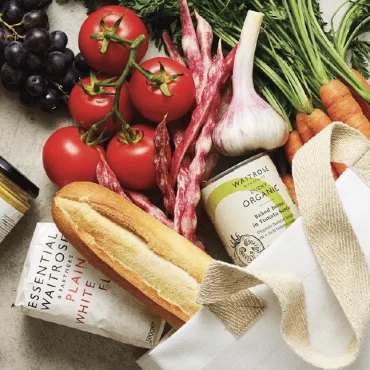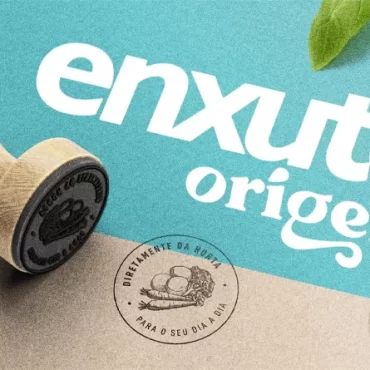International markets and design: should my company venture outside of Brazil?

Get inspired
The idea to do business with international clients may cause a chill down the spine of many design professionals. But is that apprehension justified?
In this week’s article we want you to understand that an experience in the international market is a rewarding challenge! So let’s do a quick exercise: imagine yourself as part of a company in the South of Brazil and all of your clients being only from that region. Your contact is restricted to a specific culture, with people who live in that specific context and who have their habits influenced by specific factors.
Now imagine you are starting a new project with a client from the Northeast. Since it’s inevitable to have influences of your culture reflecting on your work, maybe you will face difficulties in reaching a quick harmony to understand the factors which are important to your client. That makes sense, since we are talking about different weather, dialects and the needs of a very different audience.
But it’s also likely that, slowly, your company will understand that new reality more and more and even use those experiences acquired in the South for this project in the Northeast. The point is: before you notice, you will have learned new things and, by the time the work is done, you will have gained in references, repertoire and maturity in the market.
This comparison between the South and the Northeast also works when we are talking about national and international markets. Leaving the domestic context is essential in order for your company to build its project portfolio, but also for it to widen the view of its own design work, acquiring new knowledge and skills.
It’s worth trying your hand in the international market
Be it a client close to Brazil – in Argentina, for example – or even in distant China, allowing yourself the challenge of working with people from other countries is coming in contact with new situations that require new ideas. It’s a fact: your company will be enriched by the experience.
Dealing with other markets implies working with different cultures, demands and pressure. And that will certainly be good for your business, because your portfolio will be more plural and attractive.
By getting to know different realities, a wide range of possibilities for innovation opens up, making it easier to perceive necessities and find creative solutions, even for your domestic clients.
More diversity in your clientele makes your work as a designer more dynamic, increasing the possibilities of accessing different repertoires and universes. And all of that makes your acting capacity more diverse, because your vision about design no longer needs to be subordinate to a specific culture
But who said working in the international market is easy?
Yeah, we know. Getting access to foreign markets is not just a matter of will. But, don’t worry, it’s also not impossible. To start, there’s a lot of laying the groundwork, which is very worth it. We live in a new context where distances and barriers have been reduced and, in that context, we are lucky that brazilian creativity is well seen around the world.
A first step is to study the international market and meet design companies (from both here and there) and which are the strategic countries for the type of work you do. But, above all, one thing is essential: that you are found!
When a client from another country seeks out a design company to carry out a project, you know what it needs in order to get to you? That you be visible! For that reason, invest in publicity, in communication, in presence. Stand out!
Some example of Pande’s work for international clients
We here at Pande have some experience with clients from international markets and, if you follow us on social networks (Instagram, Facebook and LinkedIn), you probably already know that. One of those clients is peruvian Alicorp, a company from Grupo Romero which leads the peruvian mass consumption market. With them, we developed several design projects for packaging, such as the limited edition of the Cassino cookies, World Cup-themed.
Aside from the Cassino cookies, we had the challenge of carrying out the brand repositioning of Sello de Oro margarine, also from Alicorp. After immersing ourselves in the margarine sector (In Peru as well as Brazil), the solution found was to think of the brand as a customer ally in the kitchen and in the preparation of traditional recipes.
Another relevant example was our project with Almond Breeze – a lactose-free beverage brand from the USA. The goal was to adapt the brand’s concepts to the reality of brazilian consumers, without losing the identity of the original packages.
That’s why we can safely state: widening the horizon of your design work is always positive. Investing in the international market brings interesting potential to your brand, new experiences and a bigger professional baggage.



